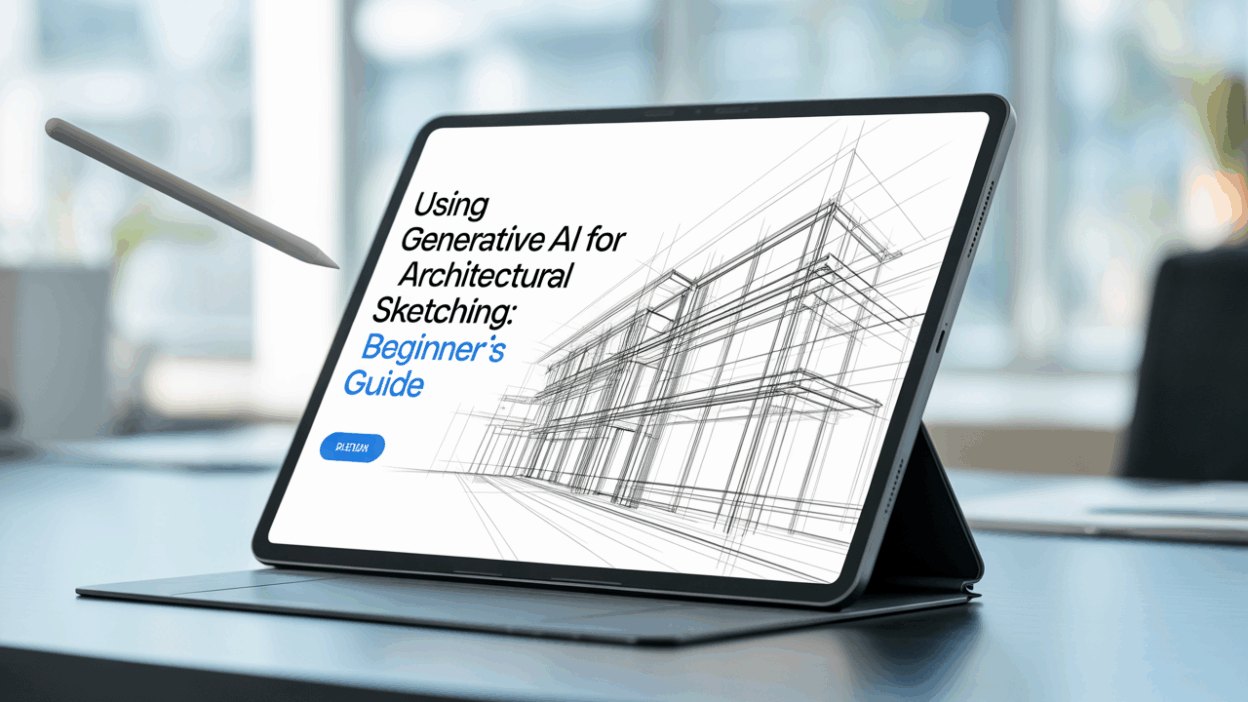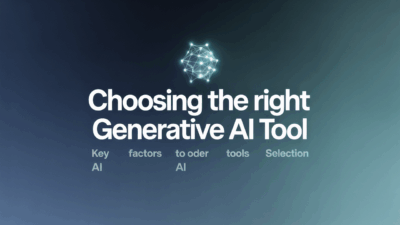Generative AI is revolutionizing the field of architectural sketching, offering a powerful toolkit for beginners to explore their creativity and streamline design workflows. By leveraging advanced algorithms, generative AI can transform simple inputs into intricate architectural concepts, enabling architects to visualize ideas more efficiently than ever before.
What Is Generative AI?
Generative AI refers to artificial intelligence systems that use machine learning techniques to analyze large datasets and generate new content based on context, style, structure, and tone . In architecture, these tools are increasingly used to create detailed sketches and blueprints from basic textual or visual inputs. For instance, text-to-image features allow architects to input phrases or keywords and receive high-quality design visuals in return .
Getting Started with Generative AI in Architectural Sketching
For beginners, diving into generative AI might seem daunting, but it’s more accessible than you think. Here’s how to start:
Choose the Right Tools
Several platforms offer user-friendly interfaces tailored for architectural design. Tools like Midjourney and Adobe Firefly provide intuitive environments where users can experiment with text-to-image generation and other AI-driven features . Autodesk also offers specialized generative AI solutions designed specifically for architects, helping them quickly iterate and refine their designs .
Understand the Basics of Prompt Engineering
One of the most critical skills when working with generative AI is crafting effective prompts. Beginners should focus on clear, descriptive language to guide the AI toward generating relevant sketches. Adding specific details about materials, styles, or spatial requirements can significantly enhance the output quality .
Experiment with Iteration
Generative AI excels at producing multiple design variations rapidly. This capability allows architects to explore a wide range of options without spending excessive time on manual drafting. As noted by professionals using these tools in practice, generative AI helps break creative boundaries and accelerates the ideation process .
Benefits of Using Generative AI
The integration of generative AI into architectural sketching brings numerous benefits:
- Enhanced Creativity: AI tools enable architects to push beyond traditional design constraints, fostering innovation through rapid prototyping and exploration of diverse concepts .
- Time and Cost Efficiency: Automating repetitive tasks frees up valuable time, allowing designers to focus on refining their ideas rather than getting bogged down by technical details .
- Improved Collaboration: With faster iteration cycles, teams can share and review more design options collaboratively, leading to better decision-making and project outcomes .
Challenges and Considerations
While generative AI offers many advantages, there are challenges to be aware of. The accuracy and relevance of generated sketches depend heavily on the quality of input data and the specificity of prompts. Additionally, while AI can assist with initial concept development, human oversight remains crucial to ensure practicality and adherence to building codes and standards.
Conclusion
Generative AI represents a paradigm shift in architectural sketching, providing beginners with unprecedented tools to enhance their design processes. By embracing this technology, aspiring architects can unlock new levels of creativity, efficiency, and collaboration. As the field continues to evolve, staying informed about the latest advancements and best practices will be key to harnessing the full potential of generative AI in architecture.



